Simple Compression Refrigeration Circuit
Categories: Engineering Lab EquipmentThe purpose of a refrigeration system is the cooling of materials and products, e.g. to protect food from spoiling. Cooling can be described as a process in which heat is removed from the environment....
Product
Description
The purpose of a refrigeration system is the cooling of
materials and products, e.g. to protect food from spoiling. Cooling can be
described as a process in which heat is removed from the environment. A
commonly used refrigeration system is the so-called compression refrigeration
system. In this system refrigerant flows through four main elements:
compressor, condenser, expansion element and evaporator. The refrigeration
system uses the fact that the refrigerant has a low boiling point at low
pressure. This means that evaporation takes place on the low pressure side.
During the evaporation of the refrigerant heat is removed from the environment
and it is cooled. The condensation takes place on the high pressure side after
the evaporator. Here the heat is discharged into the environment. If not the
cooling effect but the discharged heat is used, this is called a heat pump.
Learning Objectives/Experiments
Fundamentals of a compression refrigeration circuit
Key components of a refrigeration system
Compressor, evaporator, condenser, expansion element
Relationship between the pressure and boiling point of a
liquid
Operation of a refrigeration system / heat pump
Developing a basic understanding of the thermodynamic cycle
Simple energy balance
Specification
Fundamentals of refrigeration in a simplified model
Typical compression refrigeration system with piston
compressor, thermostatic expansion valve, Evaporator and condenser (each in the
shape of a pipe coil)
2 manometers with temperature scale for the refrigerant show
the values of the refrigerant on the high and low pressure sides
2 water-filled tanks with thermometer to demonstrate the
cooling and heating effect
Pressure switch to protect the compressor
Sight glass to monitor the aggregate state of the
refrigerant
Technical Data
Compressor
power consumption: 104W at 5/40°C
refrigeration capacity: 278W at 5/40°C
displaced volume: 2,72cm3
Tank: 4x 1700mL
Refrigerant
R513A
GWP: 631
filling volume: 500g
CO2-equivalent: 0,3t
Measuring ranges
pressure: -1…12,5bar, -1…25bar
temperature: -50…40°C, -40…80°C, 2x -10…50°C
230V, 50Hz, 1 phase
230V, 60Hz, 1 phase
120V, 60Hz, 1 phase
quick overview :
The purpose of a refrigeration system is the cooling of
materials and products, e.g. to protect food from spoiling. Cooling can be
described as a process in which heat is removed from the environment. A
commonly used refrigeration system is the so-called compression refrigeration
system. In this system refrigerant flows through four main elements:
compressor, condenser, expansion element and evaporator. The refrigeration
system uses the fact that the refrigerant has a low boiling point at low
pressure. This means that evaporation takes place on the low pressure side.
During the evaporation of the refrigerant heat is removed from the environment
and it is cooled. The condensation takes place on the high pressure side after
the evaporator. Here the heat is discharged into the environment. If not the
cooling effect but the discharged heat is used, this is called a heat pump.
Learning Objectives/Experiments
Fundamentals of a compression refrigeration circuit
Key components of a refrigeration system
Compressor, evaporator, condenser, expansion element
Relationship between the pressure and boiling point of a
liquid
Operation of a refrigeration system / heat pump
Developing a basic understanding of the thermodynamic cycle
Simple energy balance
Specification
Fundamentals of refrigeration in a simplified model
Typical compression refrigeration system with piston
compressor, thermostatic expansion valve, Evaporator and condenser (each in the
shape of a pipe coil)
2 manometers with temperature scale for the refrigerant show
the values of the refrigerant on the high and low pressure sides
2 water-filled tanks with thermometer to demonstrate the
cooling and heating effect
Pressure switch to protect the compressor
Sight glass to monitor the aggregate state of the
refrigerant
Technical Data
Compressor
power consumption: 104W at 5/40°C
refrigeration capacity: 278W at 5/40°C
displaced volume: 2,72cm3
Tank: 4x 1700mL
Refrigerant
R513A
GWP: 631
filling volume: 500g
CO2-equivalent: 0,3t
Measuring ranges
pressure: -1…12,5bar, -1…25bar
temperature: -50…40°C, -40…80°C, 2x -10…50°C
230V, 50Hz, 1 phase
230V, 60Hz, 1 phase
120V, 60Hz, 1 phase
Product
Reviews
add Review
reviews
No Review Yet.
Copyrights © 2025 All Rights Reserved by Atico

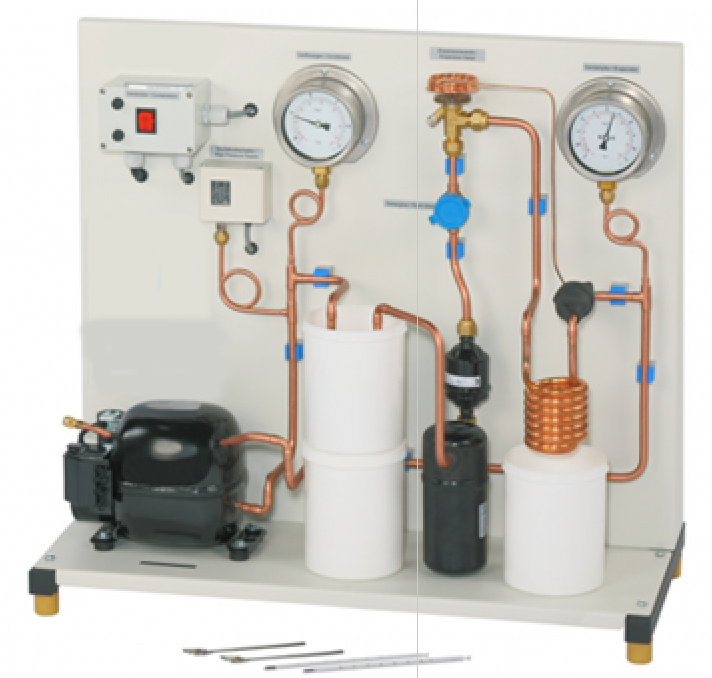






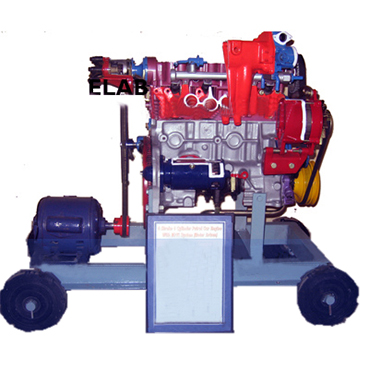

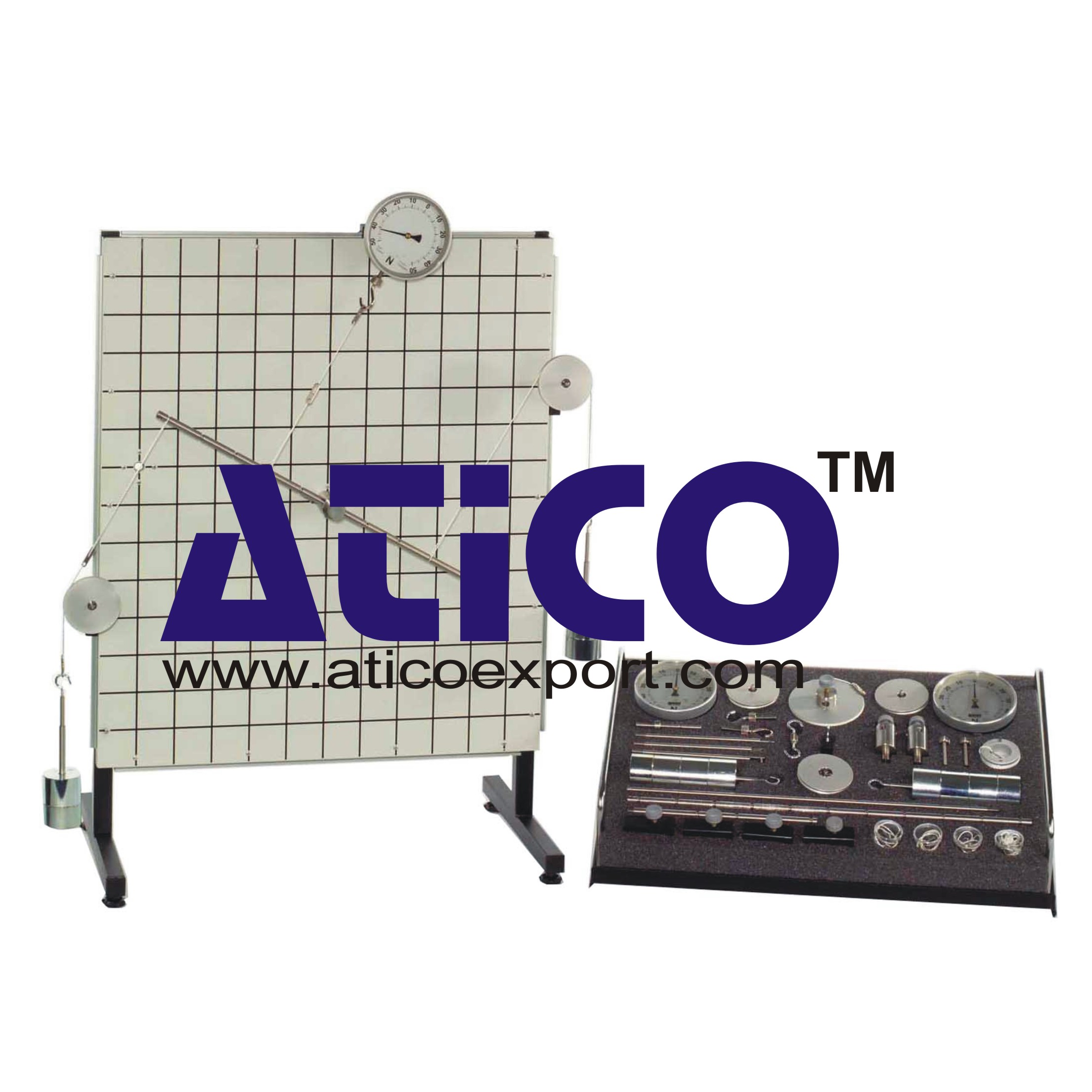

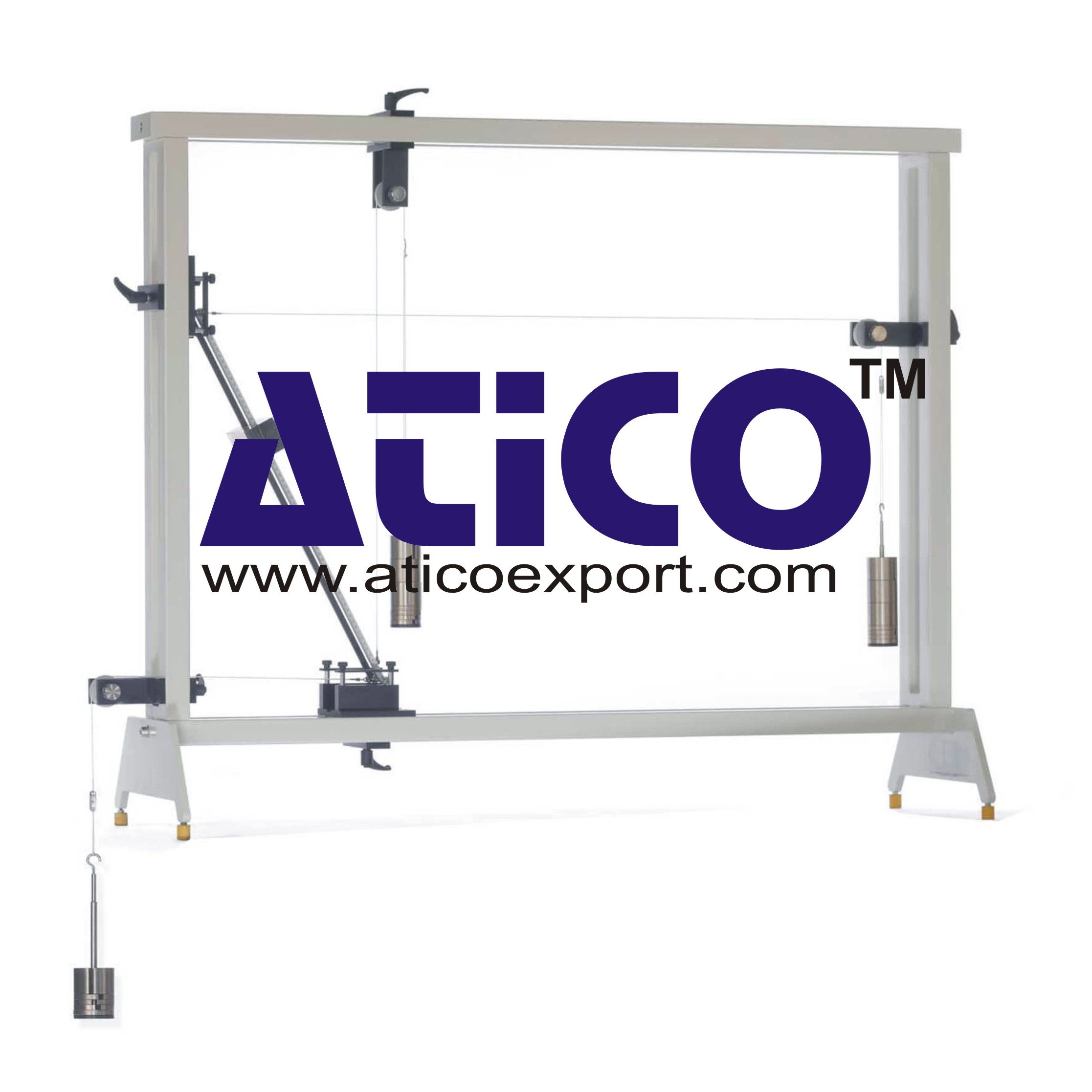
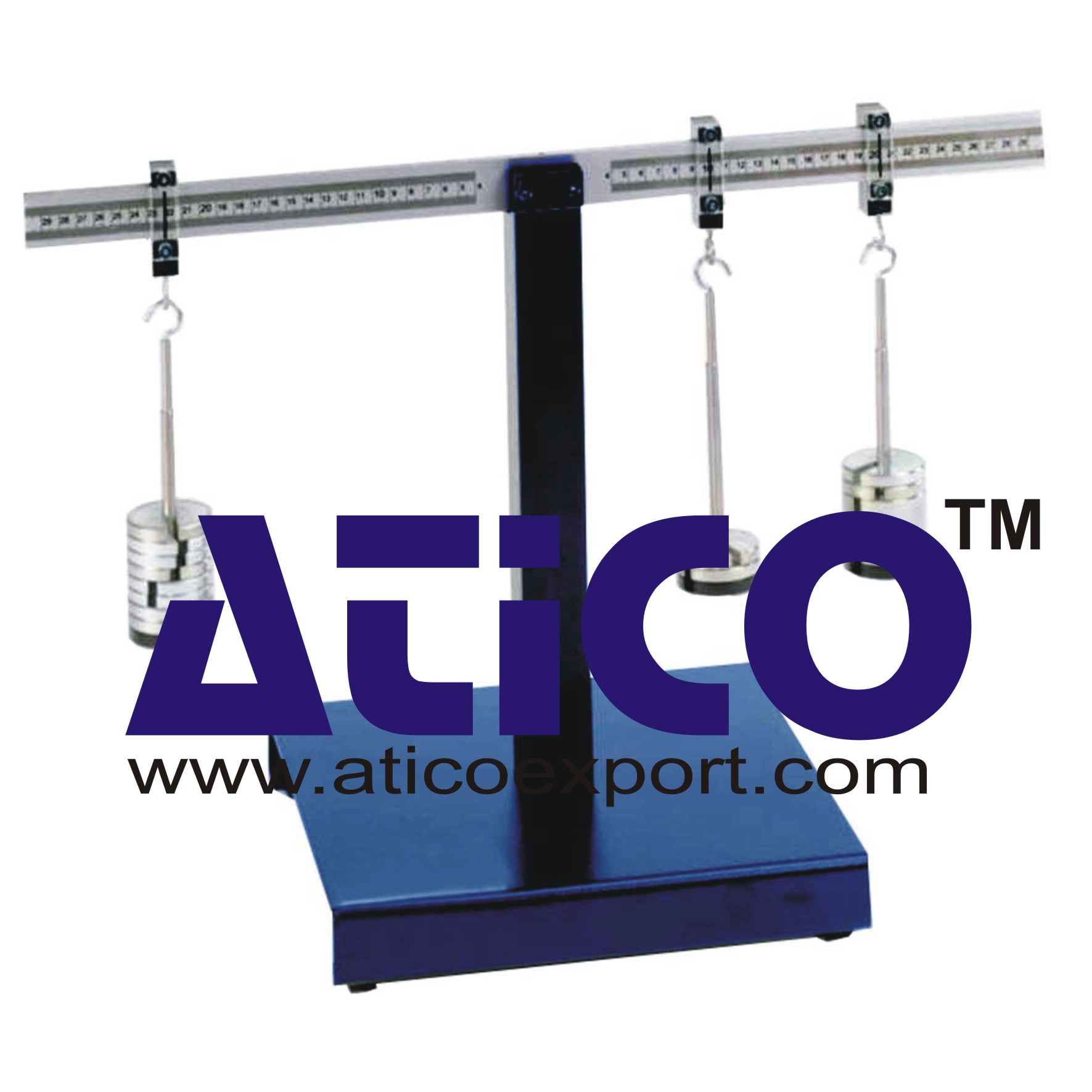
Product
Reviews
add Review
reviews
No Review Yet.